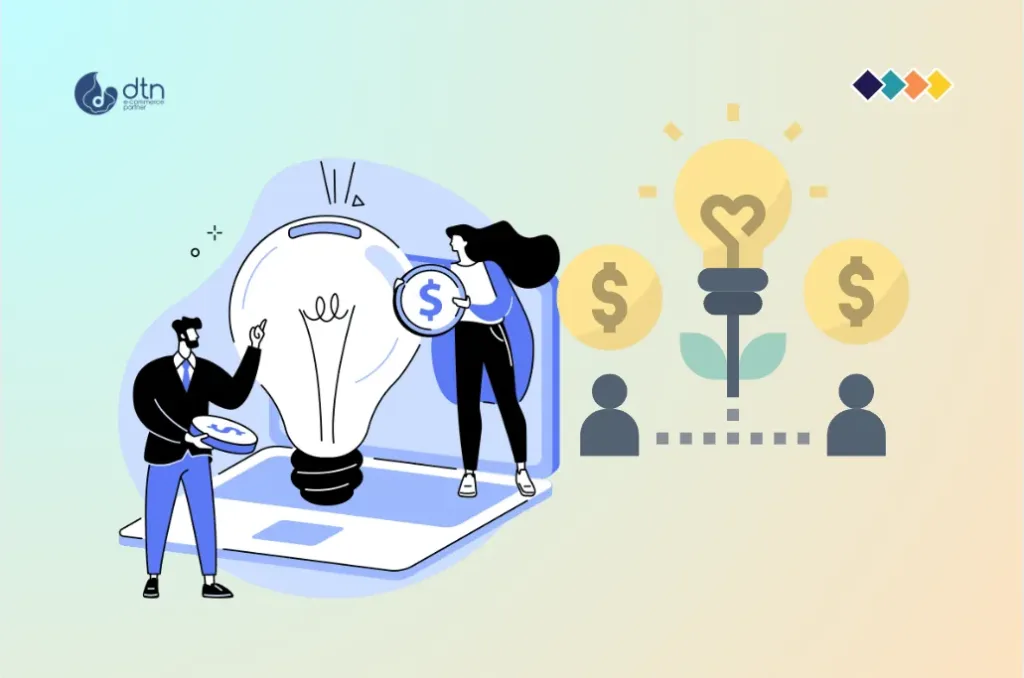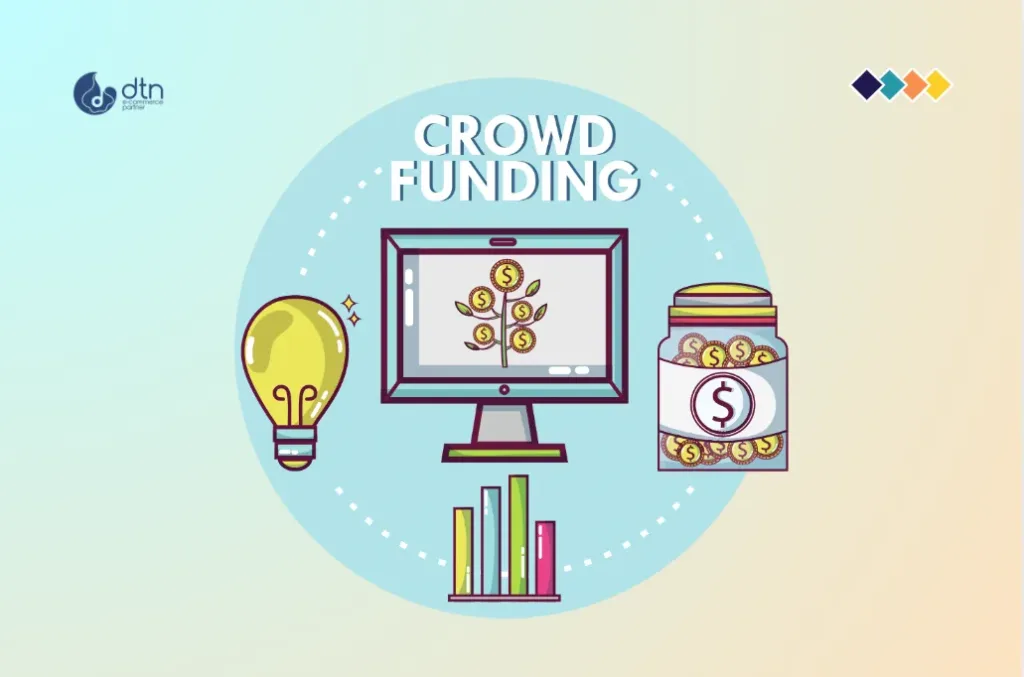In the dynamic and ever-evolving world of e-commerce, launching a new product can be both an exciting and daunting prospect. Entrepreneurs and innovators are constantly seeking ways to bring their ideas to life and captivate the attention of potential customers. One of the most effective and innovative strategies in recent years has been the rise of crowdfunding platforms, which offer a unique opportunity to not only fund a new product launch but also to build a loyal customer base from the ground up.
Table of Contents
The Power of Crowdfunding
By leveraging the collective power of the masses, crowdfunding campaigns allow creators to tap into a vast network of potential backers who are eager to support innovative and exciting new ideas. This not only provides the necessary financial resources to bring a product to market but also serves as a valuable market validation tool, allowing entrepreneurs to gauge the level of interest and demand for their offerings.
One of the key advantages of crowdfunding for e-commerce product launches is the ability to generate pre-sales and secure early adopters. By offering various reward tiers and incentives, crowdfunding campaigns can entice backers to pledge their support in exchange for exclusive access to the product, early-bird discounts, or unique perks. This not only provides the necessary capital to fund the development and production of the product but also creates a built-in customer base that is invested in the success of the venture.
Furthermore, successful crowdfunding campaigns can serve as a powerful marketing tool, generating buzz and awareness around a new product. When a campaign gains traction and captures the attention of a wide audience, it can lead to media coverage, social media engagement, and word-of-mouth promotion – all of which can significantly boost the visibility and credibility of the e-commerce business.

Navigating the Crowdfunding Landscape
While the potential benefits of crowdfunding for e-commerce product launches are substantial, it is essential to approach the process with a well-crafted strategy and a deep understanding of the crowdfunding landscape. Choosing the right platform, crafting a compelling campaign, and effectively engaging with potential backers are all critical components of a successful crowdfunding effort.
When selecting a crowdfunding platform, e-commerce entrepreneurs must carefully consider factors such as the platform’s reputation, the target audience, the fee structure, and the level of support and resources available. Popular platforms like Kickstarter, Indiegogo, and Crowdrise each have their own unique features and target markets, so it is important to identify the one that aligns best with the specific product and target audience.
Crafting a compelling campaign is another crucial aspect of crowdfunding success. This involves creating a visually appealing and informative campaign page, developing engaging and shareable content, and offering a range of reward tiers that appeal to different types of backers. Effective storytelling, clear product descriptions, and a well-defined timeline are all essential elements of a successful crowdfunding campaign.
Finally, engaging with potential backers and building a community around the product launch is crucial. This may involve active participation in online forums, social media outreach, and personalized communication with backers to keep them informed and engaged throughout the campaign and beyond.

The Rise of Successful E-Commerce Crowdfunding Campaigns
The success stories of e-commerce crowdfunding campaigns are numerous and inspiring. From innovative smart home devices to unique lifestyle products, crowdfunding has empowered countless entrepreneurs to bring their ideas to life and connect with a global audience.
One notable example is the LIFX smart light bulb, which raised over $1.3 million on Kickstarter, far exceeding its initial funding goal. By offering a range of reward tiers and showcasing the product’s advanced features and capabilities, the LIFX team was able to build a passionate community of backers who were eager to be the first to experience the cutting-edge technology.
Another success story is the Pebble smartwatch, which initially raised over $10 million on Kickstarter, becoming one of the most successful crowdfunding campaigns at the time. The Pebble team’s ability to craft a compelling narrative, offer valuable rewards, and engage with its backers in a genuine and transparent manner played a crucial role in the campaign’s remarkable success.
These examples highlight the power of crowdfunding in the e-commerce space, demonstrating how innovative products and passionate entrepreneurs can leverage the collective support of a global community to bring their visions to life.

Conclusion
As the e-commerce landscape continues to evolve, the role of crowdfunding in product launches and business growth is only expected to become more prominent. By tapping into the vast potential of crowdfunding platforms, e-commerce entrepreneurs can not only secure the necessary funding to bring their ideas to market but also build a loyal customer base, generate valuable market insights, and amplify their brand’s visibility and credibility.
Whether you’re an aspiring e-commerce entrepreneur or an established business looking to expand your product offerings, exploring the power of crowdfunding can be a transformative and rewarding experience. By approaching the process with a well-crafted strategy, a deep understanding of the target audience, and a commitment to engaging with potential backers, you can unlock a world of possibilities and pave the way for the successful launch of your next e-commerce venture.
Frequently Asked Questions
We’ve compiled a list of answers to common questions.
What are the key benefits of crowdfunding for e-commerce product launches?
Crowdfunding offers several benefits, including:
- Financial Resources: It provides the necessary capital to develop and launch a product.
- Market Validation: Gauges the level of interest and demand for the product.
- Pre-Sales and Early Adopters: Generates pre-sales and secures early adopters who are invested in the product’s success.
- Marketing and Buzz: Creates media coverage, social media engagement, and word-of-mouth promotion.
How does crowdfunding help in building a loyal customer base for e-commerce products?
Crowdfunding campaigns attract early backers through reward tiers and incentives, creating a built-in customer base. These backers are often highly invested in the product’s success, leading to greater loyalty and repeat business.
What factors should entrepreneurs consider when choosing a crowdfunding platform?
Entrepreneurs should consider:
- Platform Reputation: The credibility and track record of the platform.
- Target Audience: Whether the platform’s user base aligns with the target market for the product.
- Fee Structure: The costs associated with using the platform.
- Support and Resources: The level of assistance and resources the platform offers for campaign creators.
What elements are essential for crafting a compelling crowdfunding campaign?
Key elements include:
- Visually Appealing Campaign Page: Use engaging visuals and informative content.
- Engaging and Shareable Content: Develop content that resonates with potential backers.
- Reward Tiers: Offer a range of rewards that appeal to different backers.
- Effective Storytelling: Clearly communicate the product’s value proposition and vision.
- Well-Defined Timeline: Outline the project timeline from campaign launch to product delivery.
Can you provide examples of successful e-commerce crowdfunding campaigns?
Yes, two notable examples are:
- LIFX Smart Light Bulb: Raised over $1.3 million on Kickstarter by offering various reward tiers and showcasing the product’s advanced features.
- Pebble Smartwatch: Raised over $10 million on Kickstarter, becoming one of the most successful crowdfunding campaigns at the time. The Pebble team excelled in crafting a compelling narrative, offering valuable rewards, and engaging transparently with backers.
These examples demonstrate how effective crowdfunding can be in bringing innovative products to market and building a passionate community of supporters.



